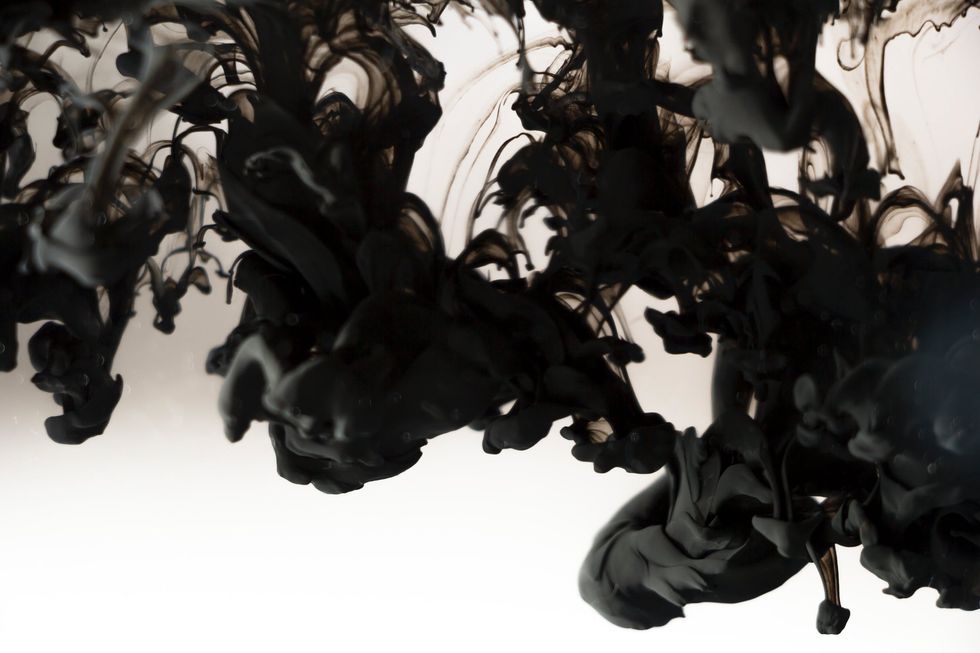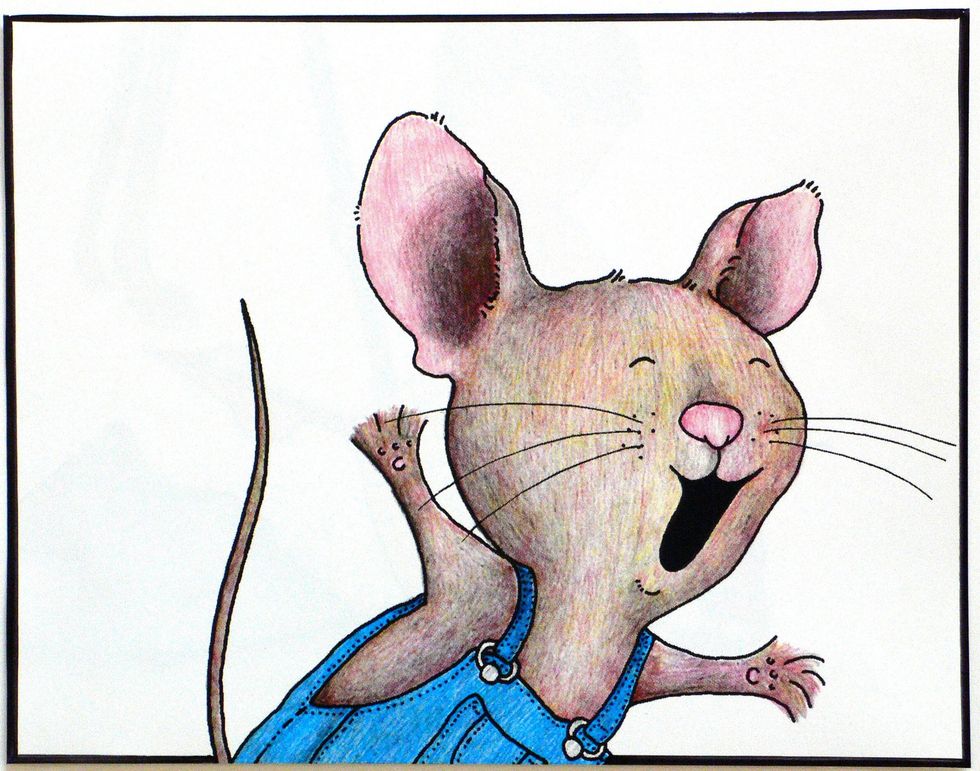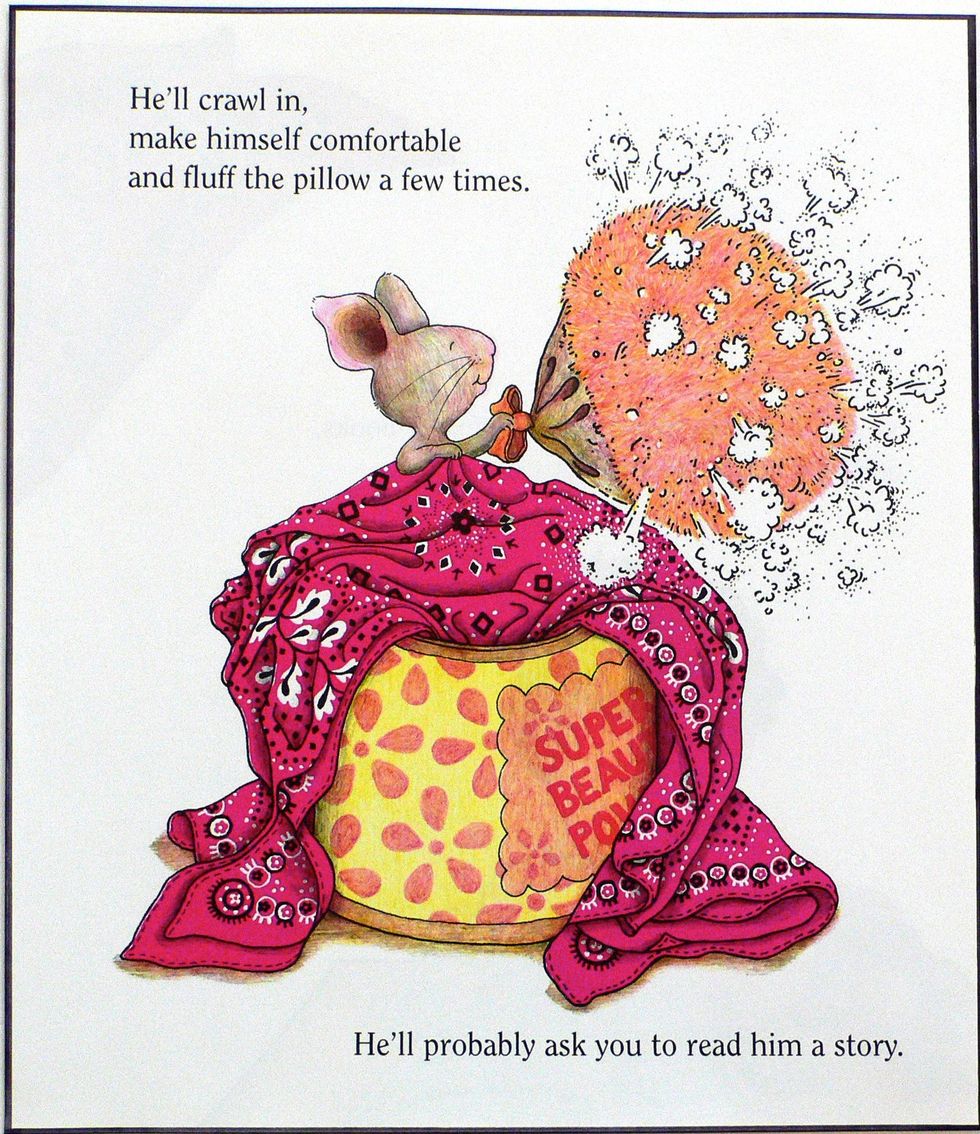Nietzsche argues in his work “Human, All Too Human” that the danger to the artist is that art aims for higher truth, but fails to do this, instead mystifying the thinking of the artist. This mystification, he argues in paragraphs 150 and 159, is facilitated by its substitution of religion, and, in paragraph 160, he argues that the creation of flat representations of people as well as leaning its reputation on a spontaneous and divine state of perfection concerning the artist’s work rather than a proper evolutionary process drives the artist further into delusion. He then concludes, in paragraph 222, that the scientific man is the natural evolution of the artistic man.
How should one define literature? Literature is literature because it does not follow one singular process but utilizes conventions and literary devices. The unique processes that depend upon the individual author and consumer inevitably creates multiple possible interpretations that can all be equally truthful, and thus expand one’s capacity for contemplation and further truth-finding.
Literary devices create a greater number of valid interpretations, as long as those interpretations are based on evidence found within the text.
Let’s look at “Dover Beach” by Matthew Arnold as an example. At first glance, the poem describes a man discussing the immediate outside setting of Dover Cliffs in fanciful language to a woman. Arnold uses personification like “waves suck back, and fling,” and “and bring the eternal note of sadness in” to increase the capacity for interpretation.
He could have just as easily described with plain adjectives the bay, the cliffs, and the sea, but he opts for this language because of its interpretive value. Arnold creates a living breathing world, literally, by using personification. The world is made hostile through the mention of temporality (“Sophocles long ago, Heard it [eternal notes of sadness] on the Aegean Sea”) and the comparison between the sad waves and the “turbid ebb and flow of human misery”.
Diction plays a part as well, as Arnold utilizes adjectives like “furl’d”, “retreating”, and “naked” to describe the helpless angry world around him as it continues its cycle of bringing in the “eternal note of sadness” and then taking it back with a “withdrawing roar”.
The end of the poem then uses this diction of vulnerability to argue that faithful and stable love can act as a bulwark against this cycle. The world can be interpreted as both itself vulnerable and/or as a negative force that invariably brings misery upon humanity and, since the world has “neither joy, nor love, nor light” in and of itself, it must be manufactured by a helpless species that is cursed with the cognizance to recognize the uncaring world.


















